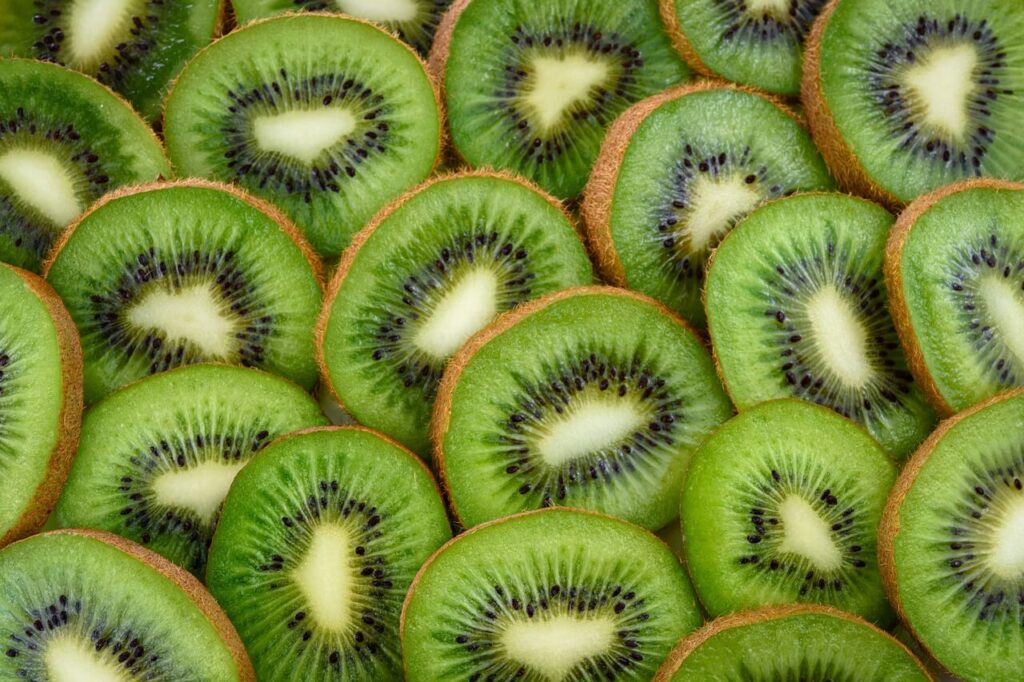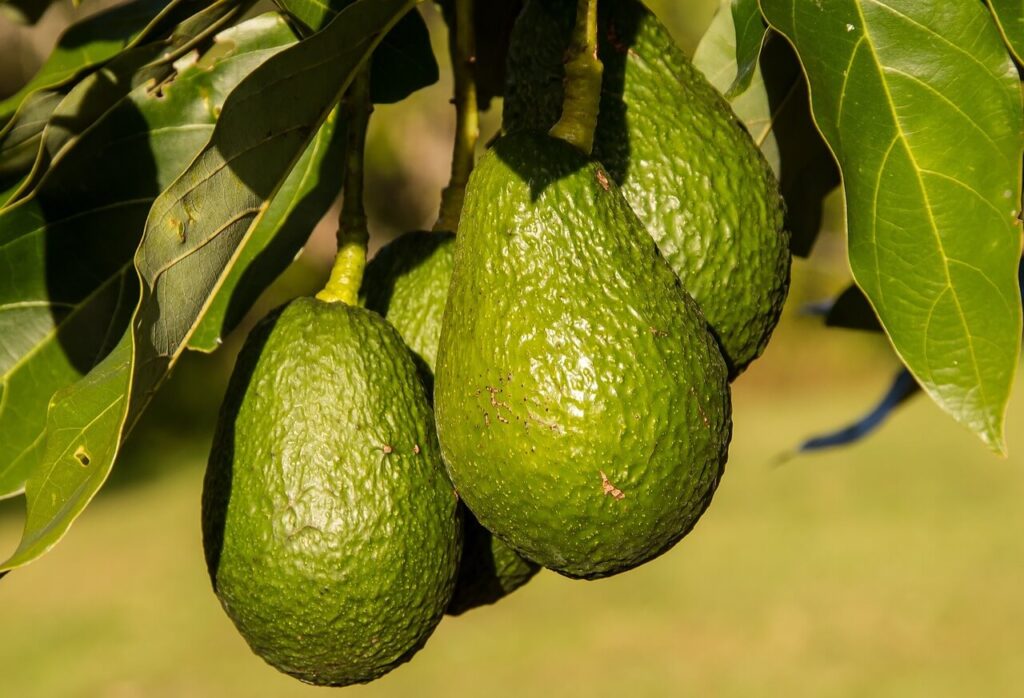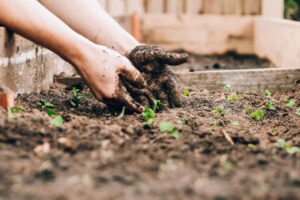You don’t have to go back too far to find many of the fruits that are now year-round staples of the supermarket shelf, being classed as exotic. The impact of consumer demand means that mangos, pineapples, citrus fruit, pomegranate, kiwi fruits and avocados are now routinely available when previously their seasonality and the cost of transporting them from the far-flung reaches of the world to your local supermarket, precluded them from being available for most of the year.
But it’s not just down to consumer demand. Advances in horticulture and, we must acknowledge, higher average temperatures, mean it’s now possible to grow a far broader range of products at home, or at least within easy reach on the near continent, making the ‘exotic’ slightly less so.
The advances in horticulture have created genera specifically for growing in the UK both under glass and on the patio. With the right conditions, you can now grow many exotic fruit plants at home and it’s not as hard as you may think.
One thing to keep in mind is that many of these so-called exotic fruits grow in countries with warm, dry, arid, and highly consistent environments. So, when growing them here in the UK, you need to mimic, as best you can, those conditions. It’s difficult because we’re used to having to water plants regularly and often provide highly fertile soil, but how many times have you heard of people throwing the stone or seed of an exotic plant into the garden, only to find it sprouting a healthy shoot within a few weeks? Keep that concept at the forefront of your mind – tropical and exotic plants typically do not need a great deal of care or effort once established.
EASY EXOTIC FRUITS TO GROW AT HOME
Of those listed above, all can be grown with relative ease at home. Here’s a quick guide to growing the most popular exotic fruits:

KIWI
The kiwi is a climber and will take 4–5 years to bear fruit. They need a warm sunny sheltered site with good supports as they can grow up to 8m. You’ll need either a male and female plant or a self-fertile variant and you can prune to keep control of the plant and ensure it’s putting its efforts into creating strong healthy shoots that will ultimately bear fruits.
LEMONS, LIMES, AND ORANGES
You’ll find these in most garden centres now and this may give you false hope because they’re typically well stacked with fruits when you buy them. These will have been brought on under glass and so unless you’ve got a protected south-facing sun trap, conservatory, or heated glasshouse, you may not see the same volume of fruit the following year. If you have got a nice hot place, they’ll keep fruiting almost year-round giving you something fresh to cook with or pop in a G&T!
AVOCADOS
You can grow these from the stone of another. You may need a few on the go as the success rate can be low and they will take up to 36–48 months to fruit, but if you can provide warm consistent conditions, you will get a tall slender plant with glossy leaves relatively quickly. Your soil does not need to be particularly fertile but do keep the air humid and support with regular watering but avoid excess conditions. The leaves may curl up if the plant is overwatered and may go brown and drop if underwatered. Avocado plants will peak so initially your fruits may be smaller but over successive harvests will grow and improve. Ideally, leave them on the bush until you’re ready to eat them.
PINEAPPLE
These are great because they’re another that you can eat and then grow with the remnants. Simply cut off the top with about an inch of the fruit and leave to dry out for a couple of days. Once dried, peel away the fruit and a few layers of leaves to create an exposed stalk. Pop the stalk in a glass of water in a sunny position. After 2–4 weeks, you’ll have some good roots that will allow you to plant. Pick a nice fresh potting compost and push the stalk in, up to the leaves. Pour some water into the funnel of the leaves and then water sparingly to keep moist but not wet. Position in full sun, with a consistent temperature of around 20 degrees, and watch your pineapple plant grow and produce fruits.
TOP TIPS FOR GROWING EXOTIC FRUITS AT HOME
Now that we’ve run through some of the best exotic fruits to try your hand at growing, here are our top tips on how to grow exotic fruits at home to help you weald a successful crop:
Buy them at the supermarket – Yes, you can buy specimen plants and carefully cultivated species but there’s something fun in eating fruit and using the stone or crown to create a new plant that ultimately bears fruit. If you want a little more assurance, you can buy ready-to-plant, and in some cases ready-to-eat, plants in most good garden centres. But again, be aware that these will have been forced or brought on under glass in controlled conditions.
Less is more – When you’ve been on holiday to warmer climes and seen the native trees hung low with lemons in Sicily and oranges in Valencia, you’ll note that they’re rarely in highly cultivated and well-tended areas. Once established most tropical and exotic plants need little maintenance other than that which you may afford to any other plant e.g., to cut away deadwood, maintain a little shape and generally tend.
Consistency – Avoid under or over-watering and extremes of heat and cold. All tropical and exotic plants like consistency. If you’ve got a sunny sheltered position in the garden, then let them have the warm days of spring and summer outside but be prepared to bring them in during colder days and nights and maintain them at a consistent temperature. Most need a regular temperature of between 16 and 30 degrees centigrade for most of the time. Kiwis are fine outside as a climber, but again need to be in the right position.
Be patient – As noted, some of these plants will take years to bear delicious fruits. But the best things come to those who wait, and there’s nothing better than picking your own pineapple, slicing your own Avo or squeezing your own lemons.
Don’t harvest – Pick what you need when you need it and when it’s ready. You should enjoy a longer fruiting period if the conditions are right but don’t be too eager to strip a plant as most fruits will last perfectly well on the vine/plant. Check with a little squeeze and remove anything that’s feeling ripe. Leave harder fruits until you or they are ready.
Enjoy them – Don’t just grow them to see if you can, grow them to enjoy them and to share them. You’ll be the talk of the allotment when you’re dishing out fresh citrus or pineapples whilst others are sharing another batch of apples or bags of spinach!
Earth Cycle
If you want to give growing exotic fruits a go, then we have everything you need to get started at Earth Cycle – bar the actual fruit of course! Topsoils, composts, gardening tools and accessories are all available to be delivered to your door.
If you have any luck with your fruits, please do share some images with us, we would love to see what you grow!




